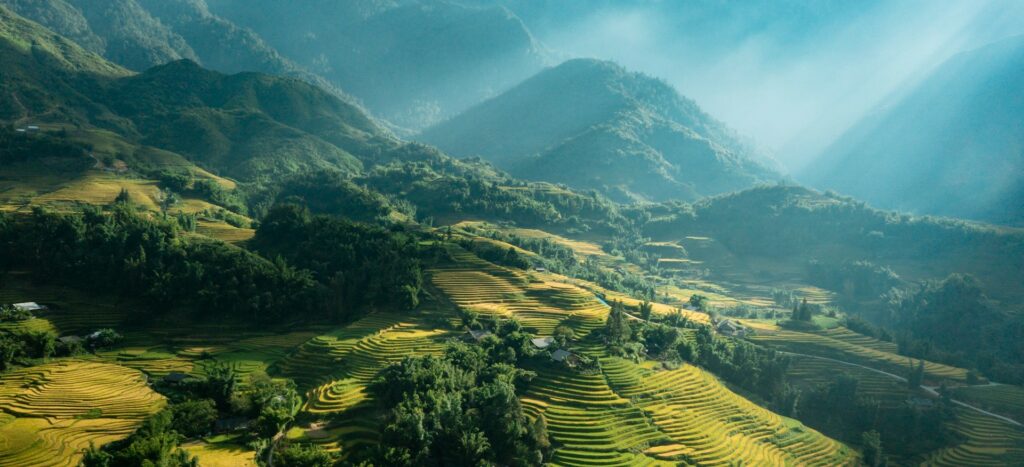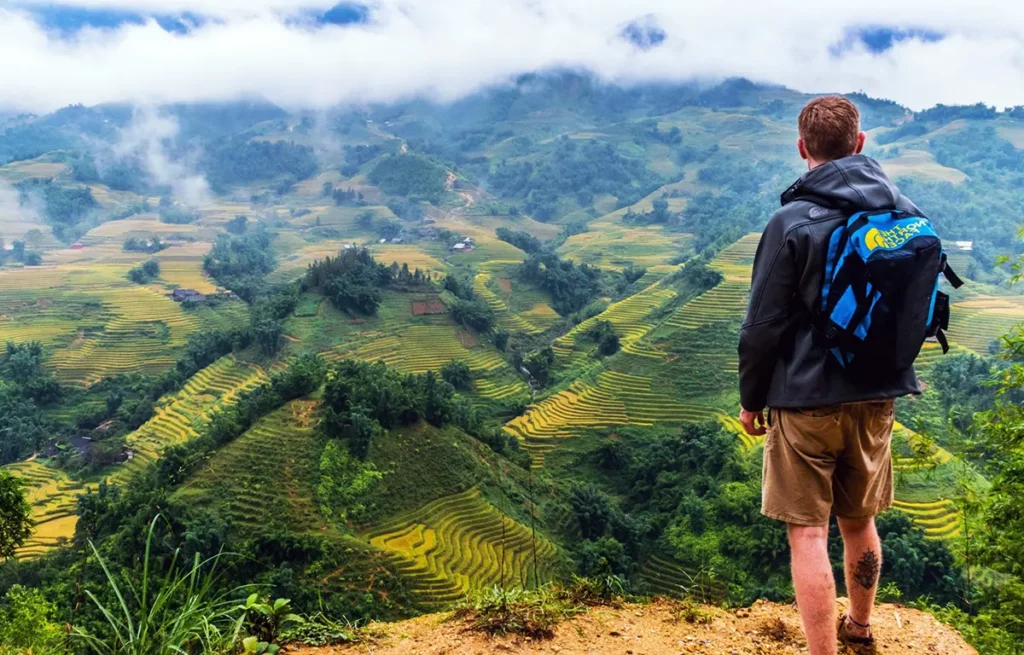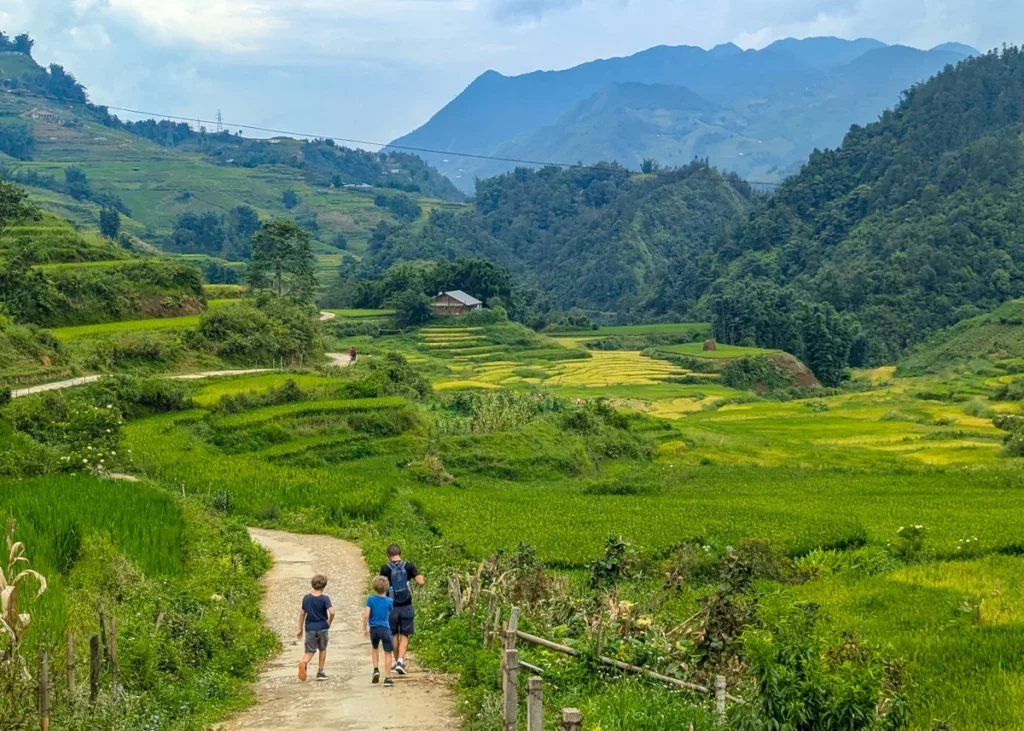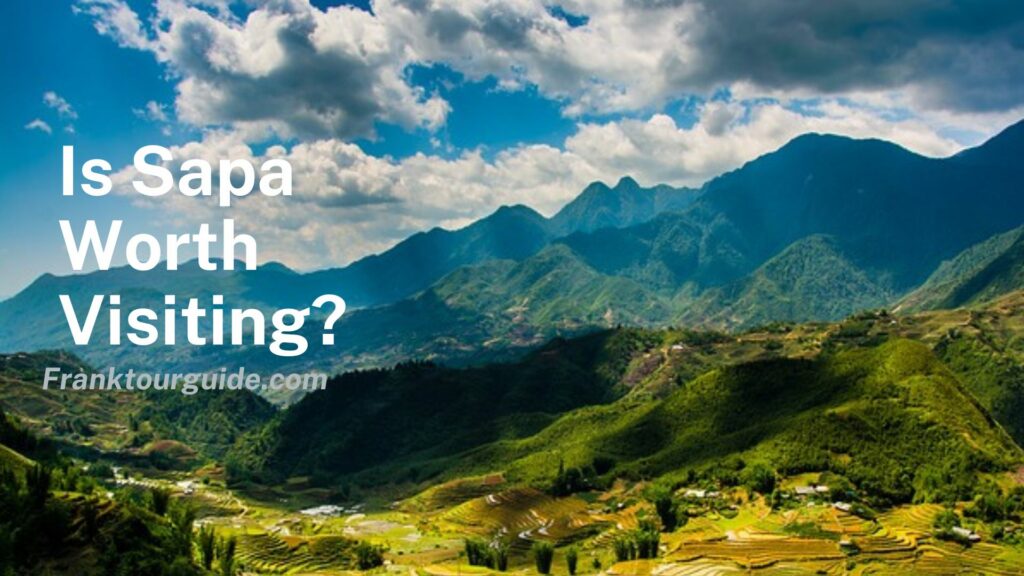Nestled in the misty mountains of northern Vietnam, Sapa is a destination that often leaves travelers wondering: Is Sapa worth visiting? The answer is a resounding yes, especially if you’re seeking breathtaking natural beauty, authentic cultural experiences, and unforgettable trekking adventures. Whether you’re planning a short getaway or a full Sapa tour, this charming highland town offers something truly special for every traveler.
1. Stunning Natural Landscapes That Take Your Breath Away

One of the main reasons Sapa travel is so popular is its spectacular scenery. Picture endless terraced rice fields cascading down mountain slopes, backed by rolling fog and majestic peaks. The region is home to Fansipan Mountain, the highest point in Indochina, often called “the Roof of Vietnam.” You can take a cable car up to the summit or opt for a challenging two-day trek for a truly immersive experience.
In spring and summer, the rice fields turn vibrant green. By autumn, they shift into golden hues, perfect for photography lovers. Winter brings a cool chill and sometimes even snow — a rare sight in Vietnam.
2. Unique Cultural Encounters with Local Ethnic Groups
Sapa is not just about the scenery — it’s about the people. The region is home to several ethnic minority groups, including the Hmong, Dao, Tay, and Giay. A well-organized Sapa private tour often includes visits to their villages, where you can learn about traditional clothing, farming practices, and even join in local meals.

These cultural interactions are what make Sapa itinerary experiences so memorable. Many visitors choose to do homestays in villages like Ta Van or Lao Chai, where they stay overnight with a local family. It’s a chance to slow down, unplug, and understand a different way of life.
3. Incredible Trekking Routes for All Levels
If you’re wondering what to do in Sapa, trekking is a must. The area offers routes ranging from half-day walks to multi-day treks through valleys and over mountains. Trails wind through rice paddies, bamboo forests, and charming villages, all while offering stunning views.

Even if you’re not an experienced hiker, don’t worry — many Sapa trekking tours include guided treks that are tailored to your fitness level. Local guides not only help you navigate the trails but also share fascinating insights into the landscape and cultures.
4. Bustling Markets and Local Handicrafts
Sapa’s markets are a treat for the senses. Visit the Sapa Market in town or head to a weekly ethnic market like Bac Ha or Coc Ly. You’ll find colorful traditional clothing, handmade textiles, herbal medicines, and local produce.
It’s also a great chance to support local artisans and bring home a meaningful souvenir. Markets are also lively social hubs where ethnic groups gather, making them a great place to observe local life.
5. Perfect Add-On to Your Northern Vietnam Journey
Many travelers combine Sapa with other top destinations like Hanoi, Ninh Binh, or Ha Long Bay. Thanks to the new expressway and overnight trains, getting to Sapa is now more convenient than ever. A typical Sapa itinerary could be a 2-day to 4-day trip from Hanoi, giving you enough time to explore the highlights without feeling rushed.
Hanoi City Tour Sapa Ninh Binh Halong Bay – Top 4 Northern Vietnam Tour
If you’re already in northern Vietnam, a Sapa tour is an excellent addition that gives your trip a refreshing change of pace — from city life to tranquil mountains.
So, Is Sapa Worth Visiting?
Absolutely. Whether you’re a nature lover, culture enthusiast, or adventure seeker, Sapa is worth visiting for its unique blend of breathtaking landscapes, cultural richness, and authentic experiences. From trekking to homestays, from scenic viewpoints to vibrant markets, there’s no shortage of things to see in Sapa.

So pack your hiking shoes, charge your camera, and book that Sapa private trekking tour — because this little mountain town might just become the highlight of your Vietnam trip.




